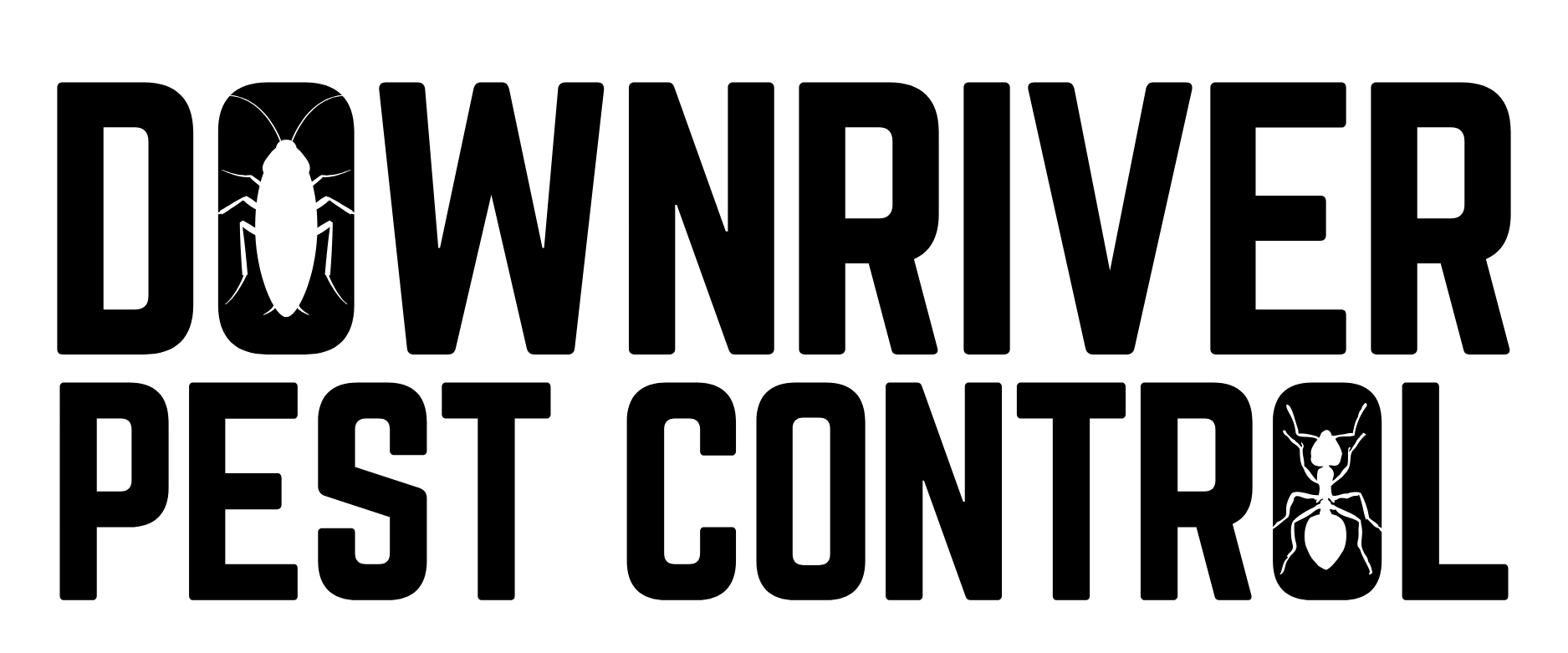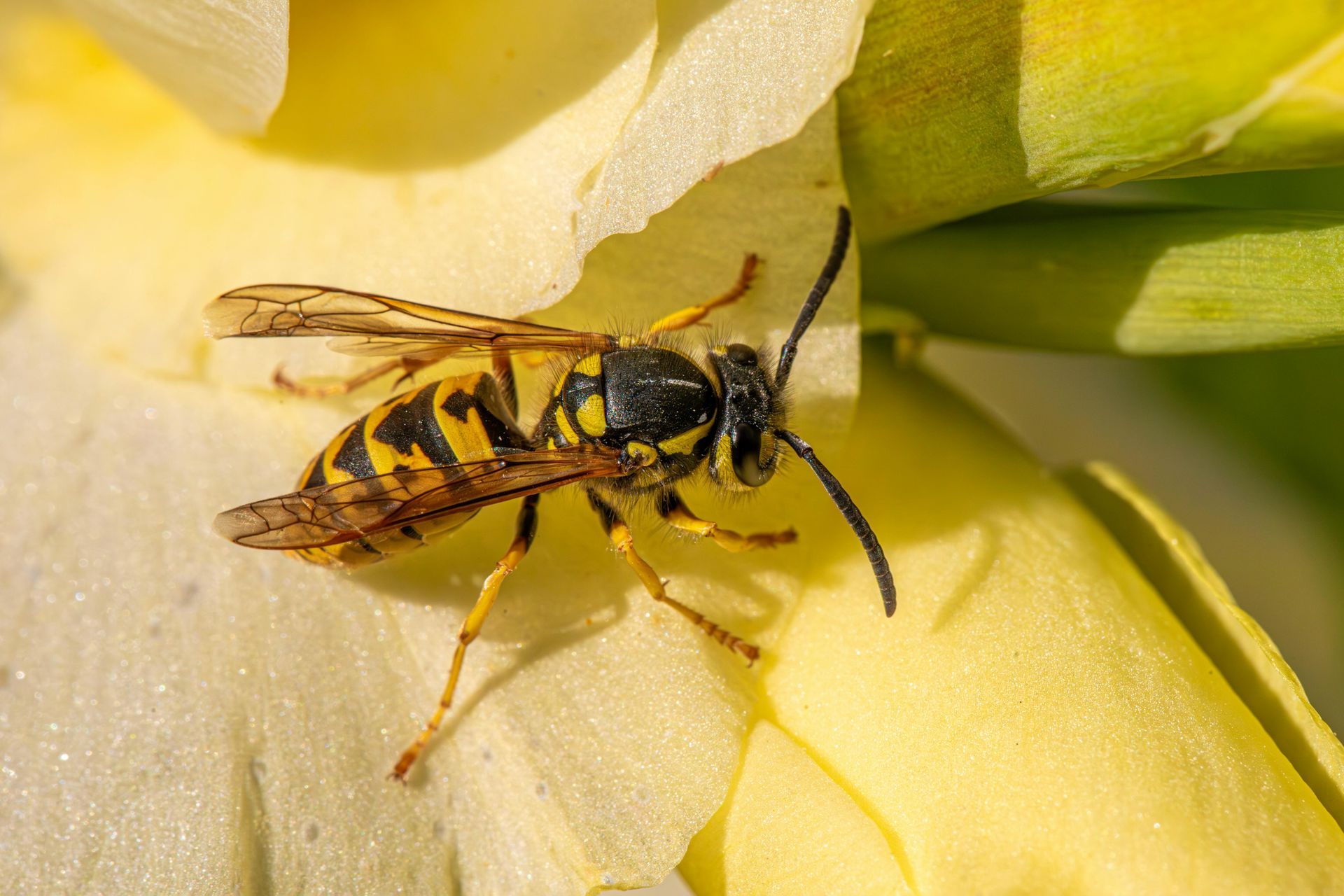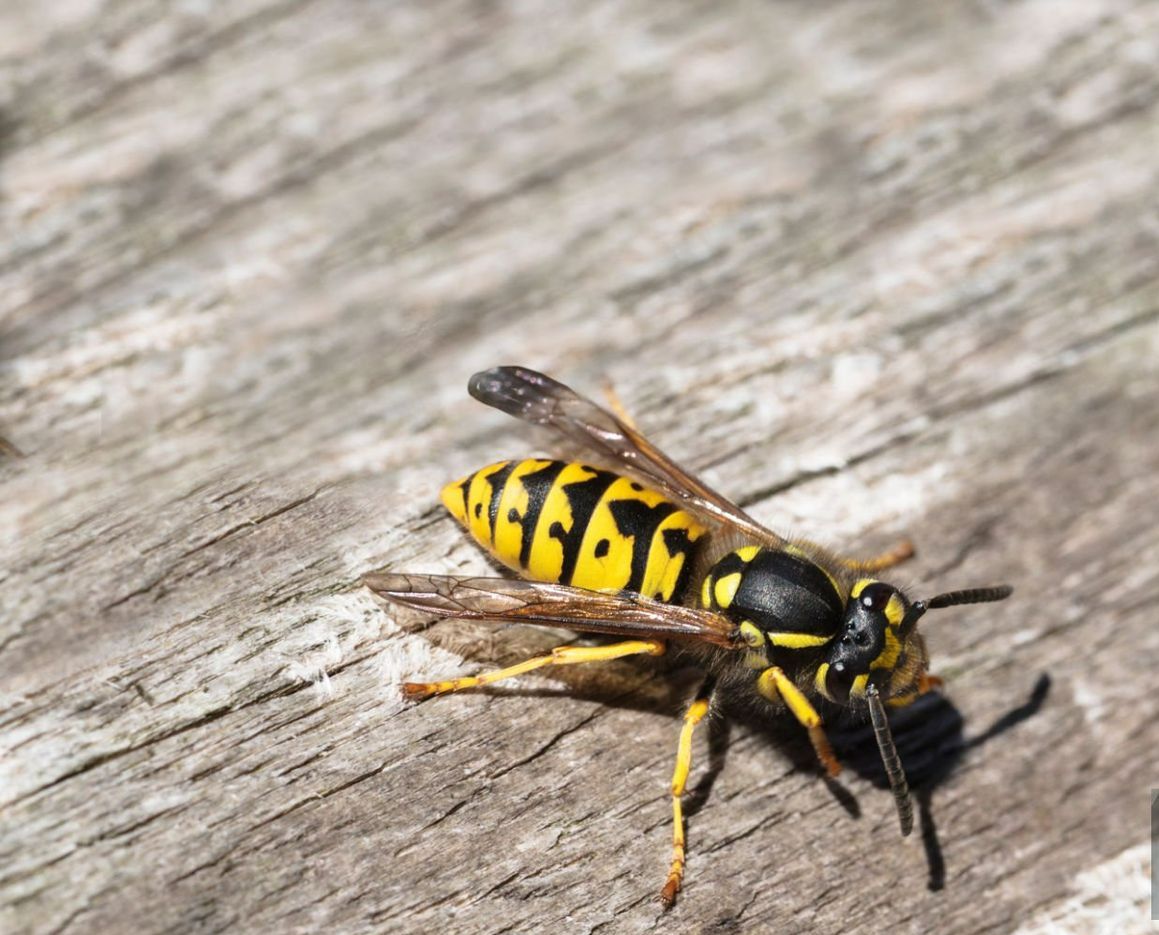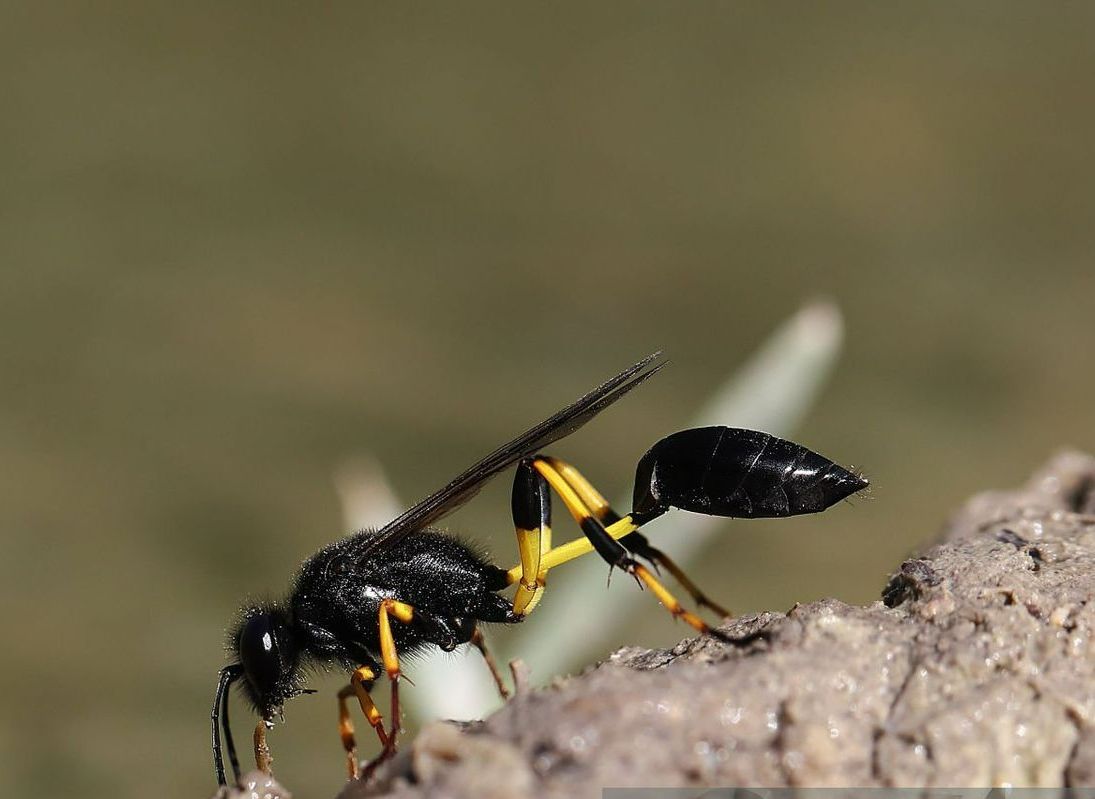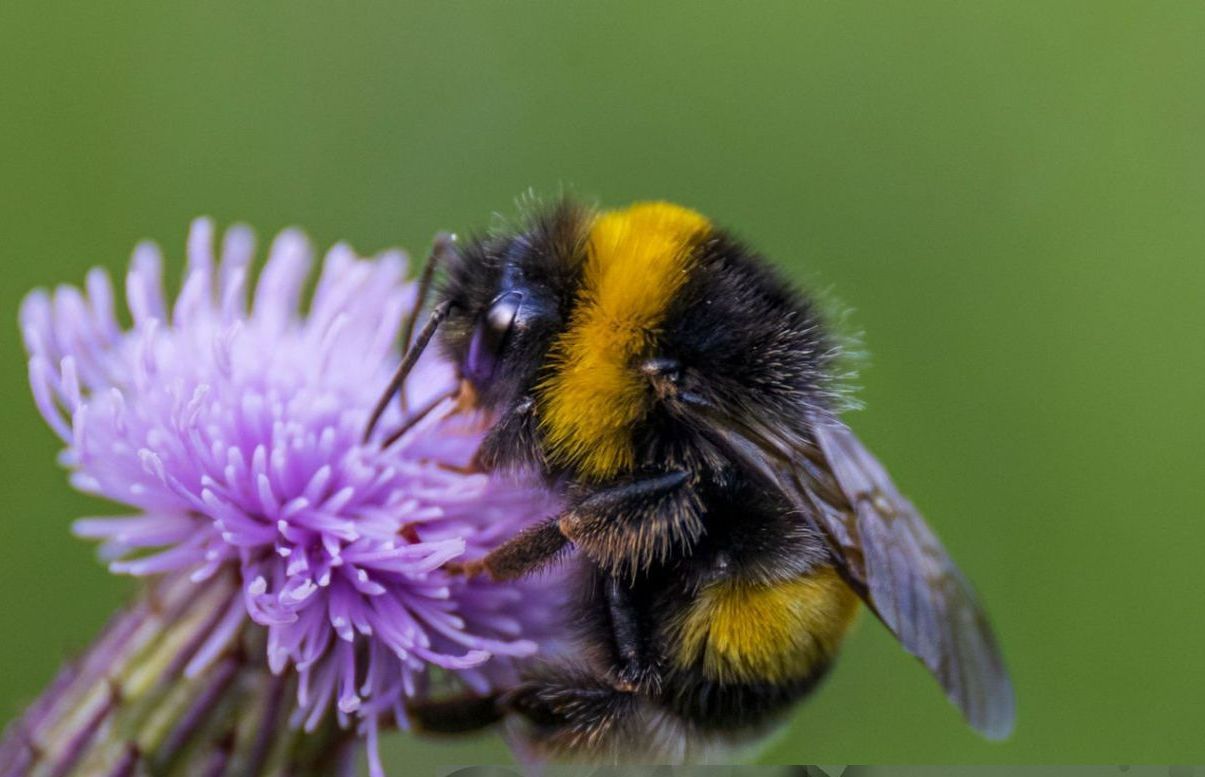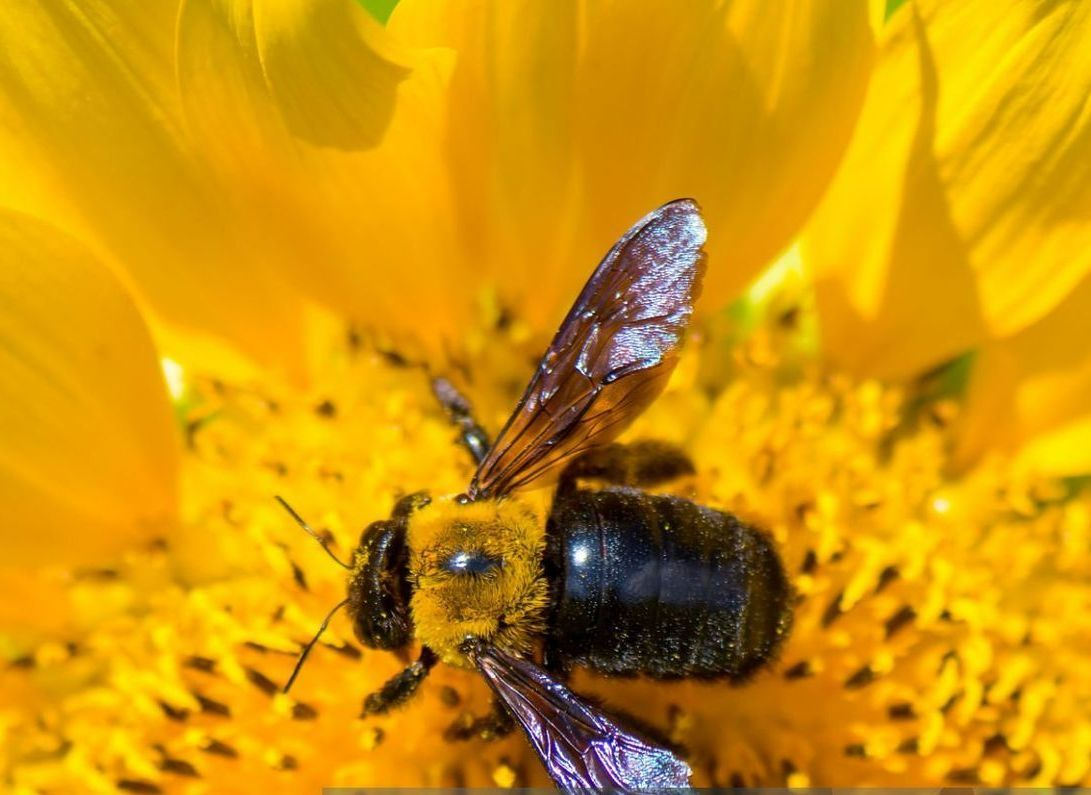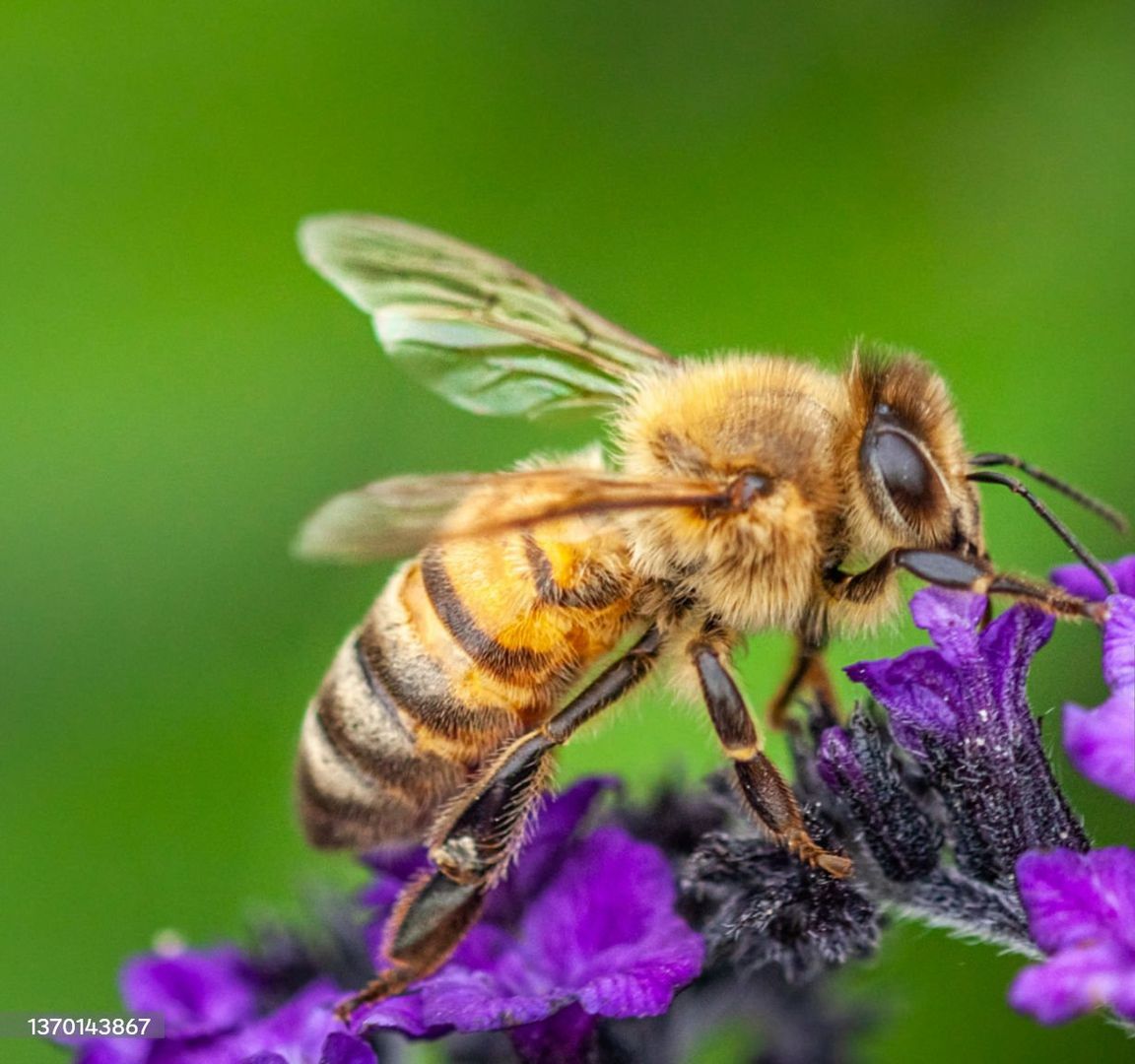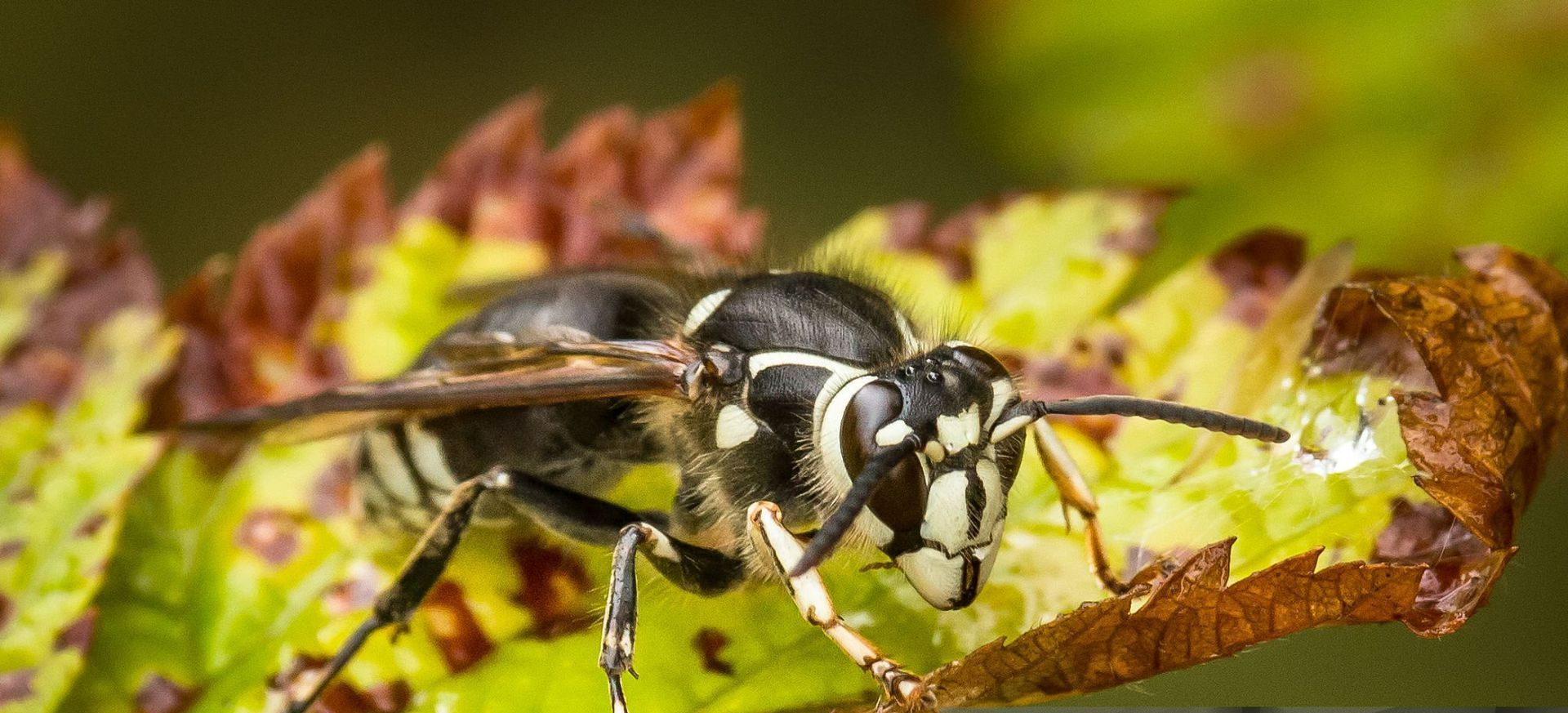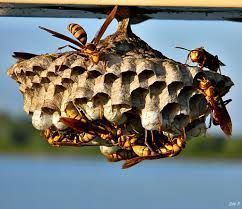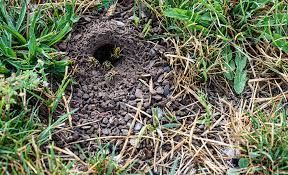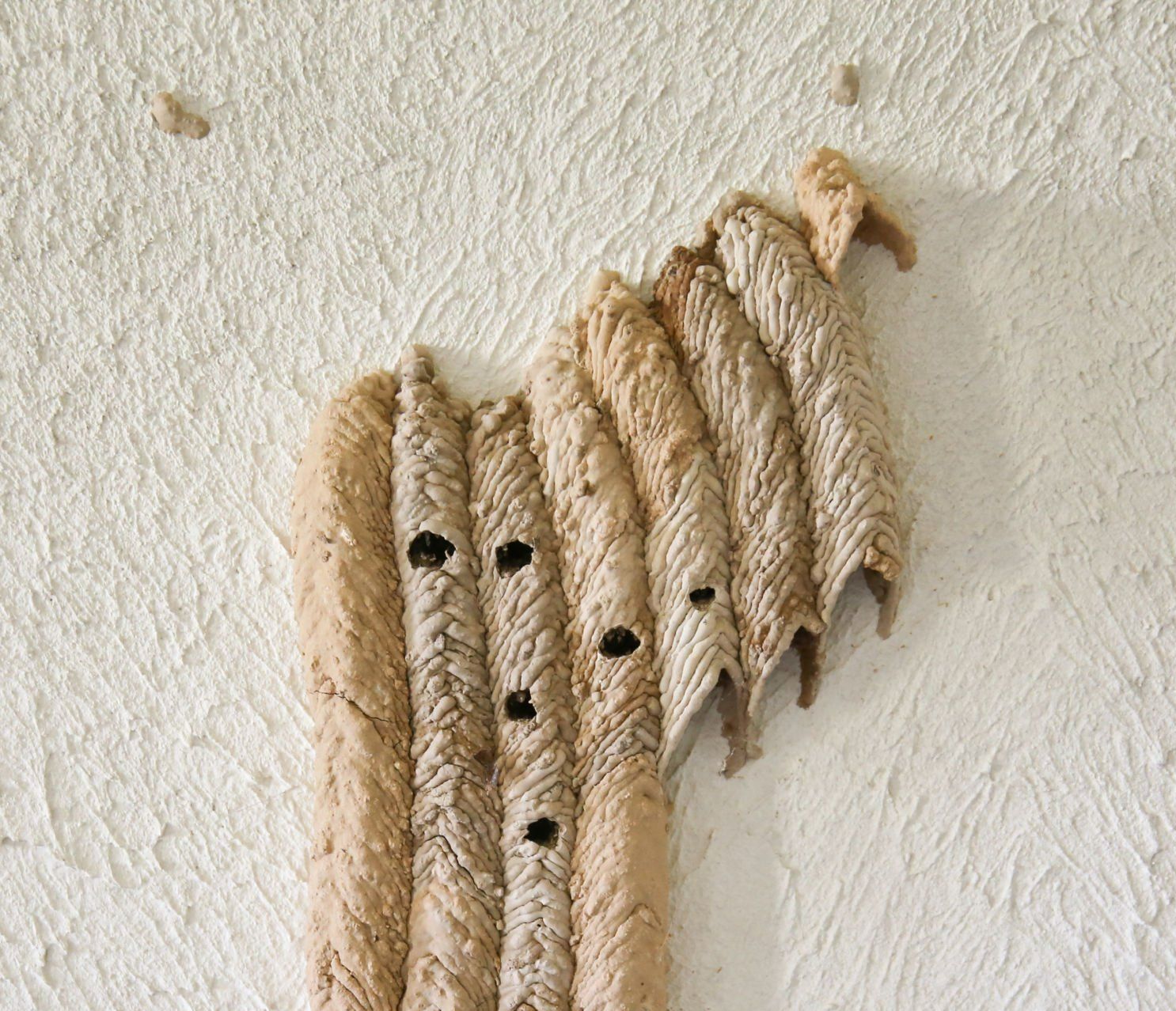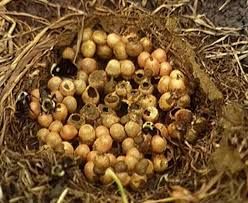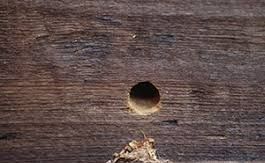Stop Stings Before They Start
Your trusted team for eliminating nests and protecting your home or business
Swift, Safe, and Reliable Stinging Insect Control in Metro Detroit
At Downriver Pest Control, we specialize in stinging insect control services tailored to protect your family and property. Serving the Downriver community with top-rated pest control solutions, we’re ready to eliminate stinging insect threats safely and effectively.
Our Guarantee: Stinging Insect-Free, or We’ll Return!
We stand behind our stinging insect control services with a satisfaction guarantee. If stinging insects return after our treatment, we’ll come back to address the issue at no extra cost.
Stinging Insect Identification GUIDE
-
WASP
ButtonA wasp is a type of flying insect known for its slender body, smooth skin, and ability to sting. Unlike bees, wasps have a narrow waist and can sting multiple times without losing their stinger. Wasps are typically yellow, black, or metallic in color, and they are highly aggressive when defending their nests. These pests are commonly found during the warmer months, especially in late summer and early fall, when they are most active. Wasps are attracted to sweet foods and sugary drinks, making outdoor activities and food gatherings prime locations for encounters. Nests are often built in sheltered areas like under eaves, in trees, or in the ground. While wasps are beneficial to ecosystems by controlling pest insect populations, their presence around homes and businesses can pose a significant threat due to their painful stings and the potential for allergic reactions.
-
YELLOW JACKET
ButtonYellow jackets are aggressive, highly territorial wasps with distinctive black and yellow markings. These social insects are known for their painful stings and are often found around homes, yards, and commercial properties. Yellow jackets are most active during late summer and early fall when their colonies are at their peak size. They typically build their nests underground or in sheltered areas like wall cavities or eaves. Unlike honeybees, yellow jackets can sting multiple times, making them particularly dangerous for those with allergic reactions. Due to their aggressive behavior, it’s important to seek professional help for yellow jacket nest removal to avoid getting stung. Proper pest control is essential to prevent infestations and keep your property safe.
-
MUD DAUBER
ButtonMud daubers are easily recognizable by their long, slender bodies and smooth black or metallic blue color. Unlike other wasps, they have a narrow "waist" that distinguishes them from yellow jackets. Mud daubers typically range in size from 1 to 1.5 inches long. Their nests, made from mud, can be found on walls, under eaves, or in sheltered outdoor spaces. Mud daubers are solitary insects that do not live in large colonies like hornets or yellow jackets. Instead, a female mud dauber builds a small nest using mud, where she lays her eggs. After laying the eggs, the female will stock the nest with prey, usually spiders, to feed the larvae once they hatch. These wasps are non-aggressive and rarely sting, making them less dangerous than other types of stinging insects.
-
BUMBLE BEE
ButtonThe bumble bee is a large, fuzzy, and gentle pollinator known for its black and yellow coloring and distinctive, round body. Unlike other bees, bumble bees are less aggressive, and they’re important for pollinating plants, flowers, and crops. They’re commonly recognized by their soft, hairy bodies, which help them collect and transfer pollen more effectively. Bumble bees are social insects, living in small colonies with a single queen and a few hundred worker bees. They often nest in ground burrows or in sheltered areas like abandoned rodent nests. Unlike honey bees, bumble bees don’t produce large amounts of honey but play a vital role in ecosystem health and agriculture through buzz pollination, a technique that releases more pollen with their vibrating wings.
-
CARPENTER BEE
ButtonCarpenter bees are large, black and yellow bees known for their wood-boring habits. These solitary bees are often mistaken for bumblebees, but unlike bumblebees, carpenter bees have shiny, hairless abdomens. They are most commonly found in wooded areas, where they create nests by boring into untreated wood. Carpenter bees can cause significant damage to homes and structures by tunneling into wood to create galleries for nesting, especially in decks, eaves, and fences. Although carpenter bees are not aggressive, their presence can be alarming, and their wood damage can weaken structures over time.
-
HONEY BEE
ButtonThe honey bee (Apis mellifera) is one of the most well-known and important insects in the world. These small, fuzzy creatures are critical for pollination, which helps flowers, fruits, and vegetables grow. Honey bees are known for their ability to produce honey and beeswax, as well as their highly organized social structures.Though honey bees are generally non-aggressive, they will sting if they feel their hive is threatened. After stinging, a honey bee dies, as its stinger is left embedded in the skin of the victim. Honey bee populations are under threat due to habitat loss, pesticide exposure, and disease. Efforts to protect honey bees are essential for maintaining biodiversity and food security worldwide.
Bald Faced Hornet
The bald-faced hornet is a large, aggressive stinging insect known for its distinct black and white coloring and powerful sting. Unlike true hornets, it’s technically a type of yellow jacket but is commonly called a hornet due to its size and behavior.
NEST Identification GUIDE
-
WASP
ButtonA wasp nest is a paper-like structure built by wasps, commonly found in sheltered areas such as eaves, attics, trees, or wall voids. Wasps create their nests by chewing wood fibers mixed with saliva, forming a durable, grayish-brown material. The nest has a distinctive honeycomb pattern inside, where individual cells house wasp larvae. Nests can vary in size, from a few inches to over a foot in diameter, depending on the wasp species and time of year. Late summer and early fall are when nests are typically largest, as the colony has grown to its peak size. A wasp nest near your home can pose a threat, as wasps become more aggressive if they feel their nest is threatened.
-
YELLOW JACKET
ButtonA yellow jacket nest is a structure made by yellow jacket wasps, often found in sheltered or hidden areas around homes, gardens, and wooded spaces. Typically constructed from chewed wood fibers, these nests have a papery, layered appearance. Yellow jacket nests can vary in size, from small, golf ball-sized structures early in the season to large, basketball-sized or even larger nests by late summer or fall. Common places for yellow jacket nests include underground burrows, wall voids, attics, and eaves. Unlike honey bees, yellow jackets are aggressive defenders of their nests and will sting multiple times if disturbed, making it essential to avoid close contact. Identifying a yellow jacket nest early and keeping a safe distance can help prevent painful stings and potential allergic reactions.
-
MUD DAUBER
ButtonA mud dauber nest is a unique, tube-like structure built by solitary wasps using mud. These nests are commonly found in sheltered areas like under eaves, on porch ceilings, in garages, or along walls. The female mud dauber constructs each tube to house her eggs, collecting mud and carefully molding it into long, cylindrical shapes. Inside, she provisions each cell with paralyzed spiders, which serve as food for her larvae after they hatch. Unlike other wasps, mud daubers are generally non-aggressive and rarely sting, focusing their efforts on nest building and spider hunting. Their nests, however, can be an eyesore, and over time, the dried mud may fall, leaving a mess behind.
-
BUMBLE BEE
ButtonBumble bee nests are often found in hidden, secluded areas, usually close to the ground. These nests are typically located in abandoned burrows, thick grass, compost piles, or even in piles of leaves. Unlike honey bees, bumble bees do not build intricate, waxy hives; instead, their nests appear as loose, clustered cells made from a waxy substance that looks disorganized and lumpy.
A bumble bee nest is small, generally holding 50 to 400 bees, and it consists of individual wax cells where the queen lays her eggs. These nests are usually hard to find because they are often well-camouflaged by grass, leaves, or other natural materials. Bumble bee nests are temporary and seasonal, with colonies only lasting for one year; at the end of the season, new queens emerge to hibernate and start new colonies in the spring.
If you notice increased bumble bee activity near the ground, in compost heaps, or near dense vegetation, you may have spotted a bumble bee nest nearby. Remember, bumble bees are important pollinators, so if their nest isn’t causing a direct problem, it’s best to leave it undisturbed.
-
CARPENTER BEE
ButtonA carpenter bee nest is a network of small, smooth tunnels bored into wood by carpenter bees. Unlike honeybees, carpenter bees don’t build hives but create nests by drilling into untreated, exposed wood surfaces like decks, eaves, siding, and fences. The entrance to a carpenter bee nest is usually a perfectly round hole, about ½ inch in diameter, leading into a series of narrow, connected tunnels where the bees lay their eggs.
Inside the nest, female carpenter bees create individual chambers within the tunnels, filling each with pollen to provide food for their larvae. Over time, these nests can become extensive and may weaken the wood, especially if the same area is reused year after year. The presence of sawdust (known as frass) around entry holes and sightings of large, hovering bees near wood surfaces are common signs of a carpenter bee infestation.
-
HONEY BEE
ButtonA honey bee nest, also known as a hive, is a structured and organized home created by honey bees to house their colony. These nests are typically found in hollow tree cavities or sheltered spaces and are constructed from wax produced by worker bees. Inside a honey bee nest, there are intricate honeycombs made up of hexagonal cells, where bees store honey, pollen, and brood (eggs, larvae, and pupae). Honey bee nests serve as both a food storage facility and a nursery, providing essential resources to support the colony. Each nest contains a single queen, drones, and thousands of worker bees, all working together to maintain the hive, care for young bees, and produce honey. The nest's honeycomb structure and organized division of labor are essential to the survival and efficiency of the colony, making honey bee nests a marvel of natural engineering and social cooperation.
Bald Faced Hornet
A bald-faced hornet nest is a large, gray, paper-like structure that is typically found hanging in trees, shrubs, or under the eaves of buildings. These nests can reach up to 24 inches in length and 18 inches in diameter, making them quite visible and distinct. Unlike typical wasp nests, bald-faced hornet nests are fully enclosed with a single entrance hole near the bottom.
Bald-faced hornets construct their nests by chewing wood fibers into a pulp, creating a layered, papery appearance. The nests are commonly active from spring through early fall, as the hornet colony grows rapidly. Inside, a nest can house hundreds of hornets, which makes it particularly dangerous to approach, as these hornets are known to be highly aggressive in defending their nests.
Frequently asked questions about stinging insects
Got a question? We’re here to help.
-
How can I tell the difference between a wasp, hornet, and yellowjacket?
Wasps are generally slender with a smooth body, while hornets are larger and more aggressive. Yellowjackets have distinctive black and yellow markings and are known for their aggression, especially near food sources.
-
Are stinging insects dangerous?
Yes, stinging insects can be dangerous, especially for individuals with allergies. Multiple stings can cause severe reactions and require immediate medical attention.
-
How can I prevent wasps and hornets from nesting around my home?
To prevent wasps and hornets, keep food and garbage sealed, cover any open holes or cracks in walls, and remove potential nesting sites such as unused outdoor furniture or hollow spaces.
-
What should I do if I find a stinging insect nest on my property?
If you find a nest, avoid disturbing it and call a professional pest control service for safe removal. Downriver Pest Control specializes in safe and efficient nest removal for wasps, hornets, and other stinging insects.
-
How quickly can Downriver Pest Control respond to a stinging insect emergency?
We offer prompt response times for stinging insect emergencies. Call us at 313-381-1877 to schedule same-day or next-day service if you have an urgent stinging insect issue.
-
Do you offer preventative services for stinging insects?
Yes, Downriver Pest Control offers preventative stinging insect treatments to help keep wasps, hornets, and other insects from establishing nests on your property.
Contact Downriver Pest Control, Today!
Whether you have an active issue, or are looking for prevention services, We've got you covered.
Contact Us
We will get back to you as soon as possible.
Please try again later.
BROWSE OUR WEBSITE
Phone: (313) 381-1877
Email: downriverpestcontrol@gmail.com
Proudly Serving all of Wayne, Oakland and Washtenaw Counties
Hours of Operation:
- Mon - Fri
- -
- Saturday
- Appointment Only
- Sunday
- Closed
